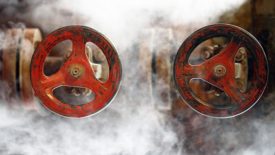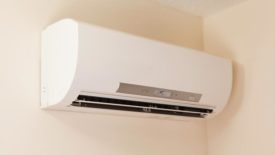Home » Keywords: » steam systems
Items Tagged with 'steam systems'
ARTICLES
Industry legend Dan Holohan retires from writing.
Read More
Heating Help | Dan Holohan
Things to consider when replacing a steam boiler
Dry steam is the goal
August 10, 2023
Dave Yates: On the lam
An anecdote about a tenant and a 100-year-old steam system.
May 9, 2023
Dave Yates: Steam to gently warmed water
Best practices for converting steam heating systems.
July 11, 2022
Dan Holohan: The two sides of hydronics
A history lesson on the two profitable sides of hydronic heating.
October 7, 2021
Ethan Grossman: All aboard
Steam has a place in our imaginations as the method of driving locomotives and turbines.
October 12, 2020
Keep the info flowing with our eNewsletters!
Get the latest industry updates tailored your way.
JOIN TODAY!Copyright ©2024. All Rights Reserved BNP Media.
Design, CMS, Hosting & Web Development :: ePublishing














